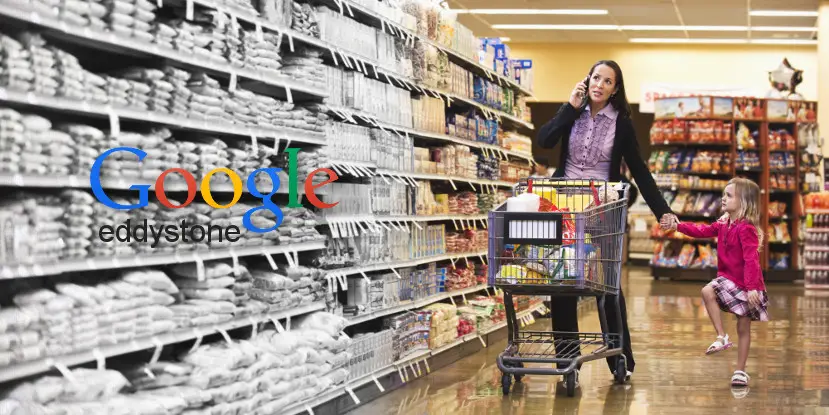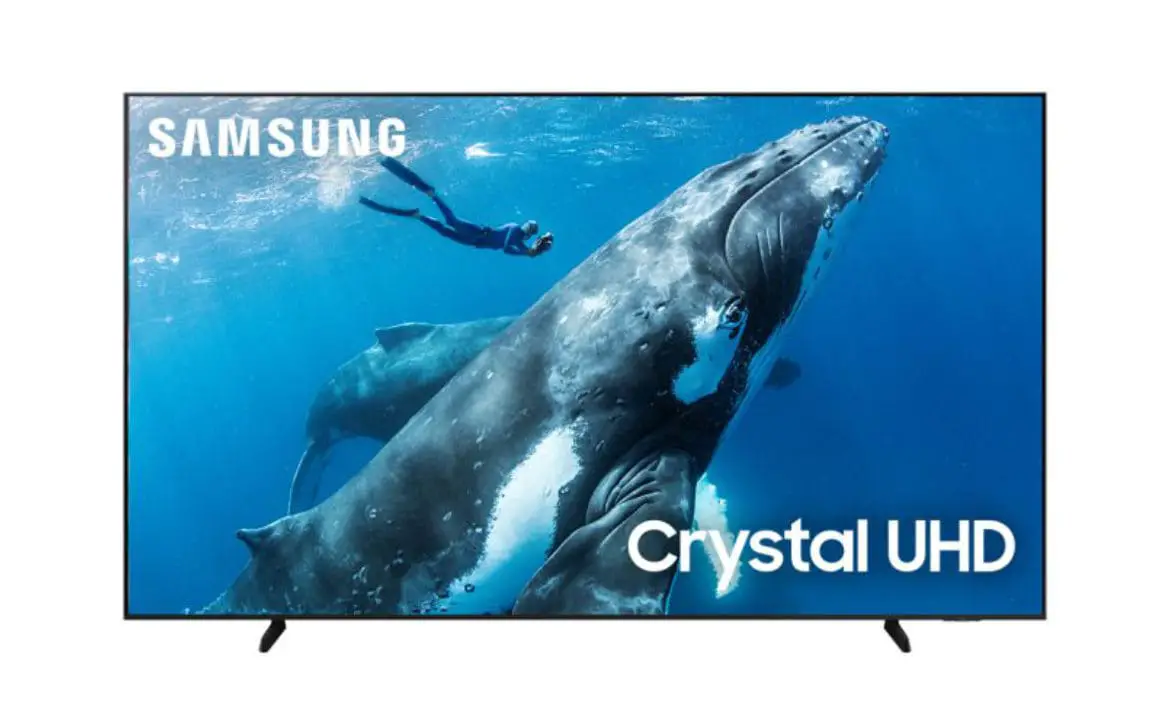Recently my family and I went on an East Coast road trip. We visited 4 major cities – Philadelphia, Washington D.C., New York City, and Niagara Falls Ontario – within the space of a week. Apps like Google and Google Maps made it easier to find food and attractions nearby. However, I began to see where beacon technology could really improve things, not only for tourists but every day living in the city.
Yesterday, Google announced on its Developers Blog the arrival of Eddystone, a new open Bluetooth low energy (BLE) beacon format. What exactly does a BLE beacon do, you ask? Good question. Lets allow Google to explain, from the Developer Blog:
Just like lighthouses have helped sailors navigate the world for thousands of years, electronic beacons can be used to provide precise location and contextual cues within apps to help you navigate the world. For instance, a beacon can label a bus stop so your phone knows to have your ticket ready, or a museum app can provide background on the exhibit you’re standing in front of. Today, we’re beginning to roll out a new set of features to help developers build apps using this technology. This includes a new open format for Bluetooth low energy (BLE) beacons to communicate with people’s devices, a way for you to add this meaningful data to your apps and to Google services, as well as a way to manage your fleet of beacons efficiently.
At the core of what it means to be a BLE beacon is the frame format—i.e., a language—that a beacon sends out into the world. Today, we’re expanding the range of use cases for beacon technology by publishing a new and open format for BLE beacons that anyone can use: Eddystone. Eddystone is robust and extensible: It supports multiple frame types for different use cases, and it supports versioning to make introducing new functionality easier. It’s cross-platform, capable of supporting Android, iOS or any platform that supports BLE beacons.
You can read more details at the source link below, as I don’t necessarily want to copy and paste the whole article. The ideas and technology behind Eddystone are intriguing, and some of the use cases that Google offers up are interesting – real time transit info, museum exhibit info, menu information at restuarants, etc.
Technology seems to be growing at a daily speed, and whether it is Google, or Apple, or Microsoft doing it, the end result should end up being better results for us, the end users.
How would BLE beacon technology help you in your daily life? Commuter info, navigation routes, something else? Let us know in the comments below, or on Google+, Twitter, or Facebook.
[button link=”http://googledevelopers.blogspot.com/2015/07/lighting-way-with-ble-beacons.html” icon=”fa-external-link” side=”left” target=”blank” color=”285b5e” textcolor=”ffffff”]Source: Google Developer Blog[/button][button link=”http://www.eweek.com/mobile/why-google-eddystone-looms-as-an-apple-ibeacon-killer.html” icon=”fa-external-link” side=”left” target=”blank” color=”285b5e” textcolor=”ffffff”]Via: eWeek[/button]Last Updated on November 27, 2018.










